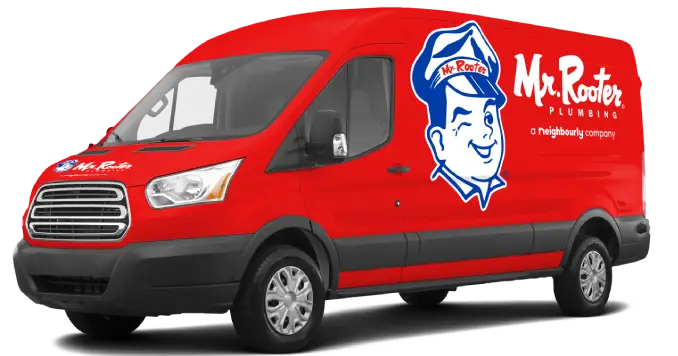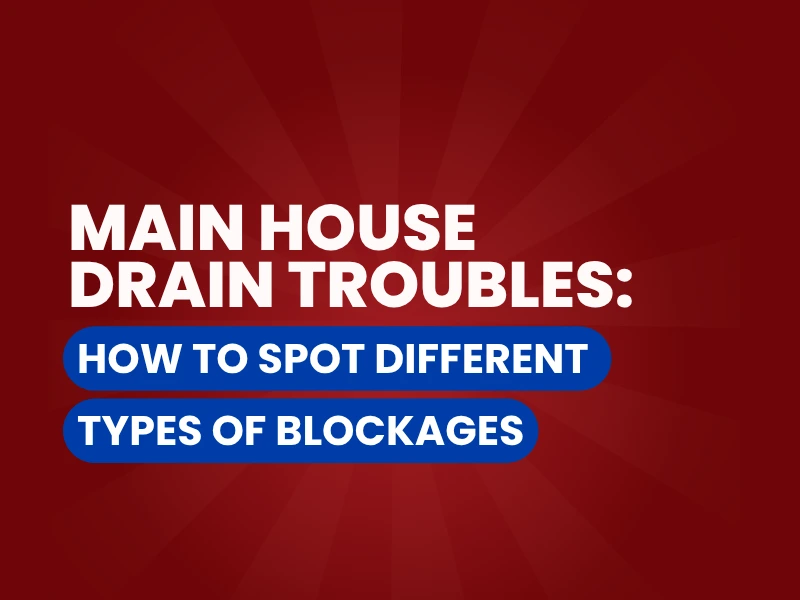
Main House Drain Troubles: How to Spot Different Types of Blockages
If your home’s plumbing is acting up - slow drains, gurgling pipes, or unexpected backups - you may be dealing with a blocked main house drain. It’s more than just a nuisance. It’s a serious plumbing issue that can disrupt your entire household.
Unlike isolated clogs in a kitchen sink or bathtub, a main drain blockage affects your entire plumbing system. Every toilet flush, shower, dishwasher cycle, and laundry load flows through this central line. This is why a blockage in the main line can quickly become a full-scale household emergency.
Why Identifying the Type of Blockage Matters
Before attempting any fix, it’s essential to correctly identify the type of drain blockage you’re dealing with. Different blockages require different tools, techniques, and levels of urgency. Misdiagnosing the issue can lead to wasted time on ineffective DIY solutions - or worse, cause additional damage to your plumbing system.
Complete Blockage
A complete blockage in your house's main drain is the most severe and disruptive scenario. When this happens, no wastewater can exit your home, causing water to back up into multiple fixtures, often starting with basement floor drains, laundry tubs, or toilets.
This type of blockage is typically caused by major obstructions such as tree root intrusion, collapsed or broken pipes, large foreign objects, or excessive buildup of non-flushable materials. Continued water usage during this event can lead to sewage backups, flooding, and contamination, particularly in lower-level fixtures.
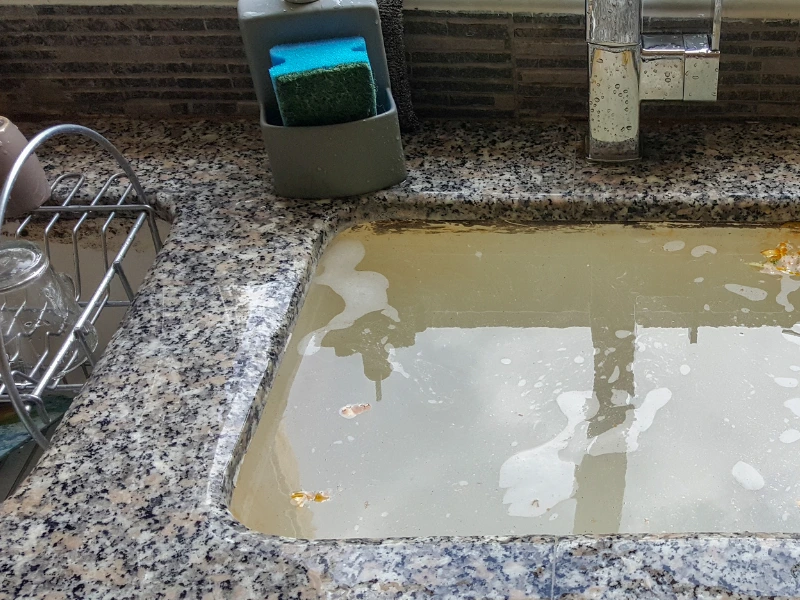
Slow Draining Water
If you’re noticing slow drains throughout your home, especially in multiple fixtures or on the lower levels, it’s often a sign of a partial blockage in your main sewer line.
This type of blockage is typically caused by the gradual buildup of grease, soap residue, hair, lint, and paper products on the inside walls of your pipes. Over time, these materials reduce the inner diameter of the pipe, slowing down water flow even though some water is still able to pass through. Ignoring this early warning sign can lead to a full clogged drain, which is far more urgent and costly to fix.
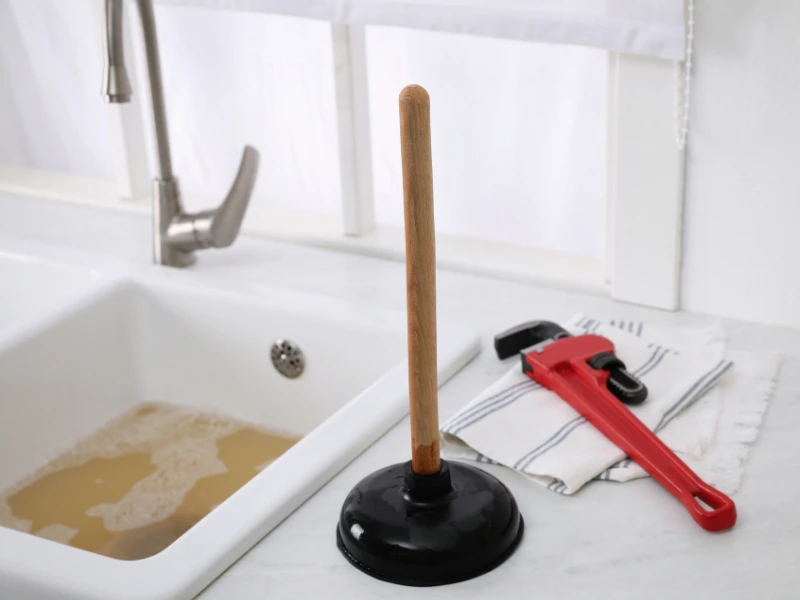
Intermittent Blockage
An intermittent blockage in your main drain is one of the most challenging plumbing issues to detect. One day, everything seems to be working fine - the next day, toilets gurgle, showers back up, or laundry water reappears in your basement drain.
This inconsistent behaviour is often caused by shifting debris, floating blockages, or early-stage root intrusion. These materials can temporarily move aside, letting water pass, then settle back into place and block the system all over again.
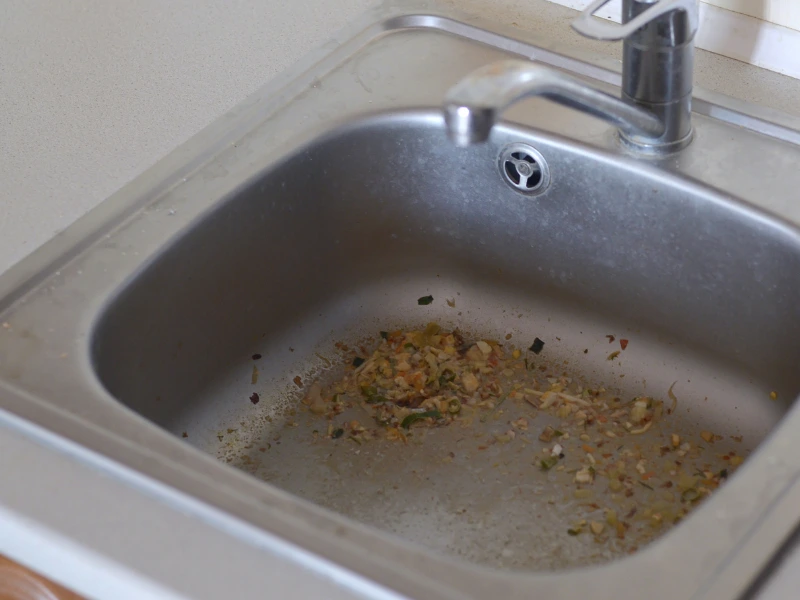
When Does It Back Up
The pattern of fixture backup helps our licensed plumbers determine the extent of the problem and whether it's affecting isolated branches or the entire main line.
Only Basement Fixtures Back Up
If the only affected fixtures are in the basement, the blockage is likely located further down the main drain line, close to where your home’s plumbing connects to the municipal sewer. This usually indicates a significant restriction in flow, often due to tree root intrusion, grease buildup, or collapsed pipe segments.
Since water follows the path of least resistance, basement fixtures are typically the first to show signs of trouble because they are the lowest point in the home’s plumbing system.
Only First Floor Fixtures Back Up
When fixtures on the first floor begin to back up, the issue could stem from a partial blockage or obstruction in the mid-section of the drain stack. This area collects waste from the main floor's kitchen, laundry, or bathroom and connects downward to the main line. Although it might seem less severe than a complete blockage, this type of issue can worsen quickly and still requires a plumber’s attention to avoid water damage and potential contamination.
Only Second Floor Fixtures Back Up
This scenario is relatively rare but possible. If backups occur only on the second floor, it may be due to a venting problem or a blockage high in the vertical section of the drain stack. Proper venting is essential for allowing wastewater to flow smoothly, as it prevents pressure imbalances that can lead to slow draining or even reverse flow.
All Fixtures Back Up Simultaneously
When every fixture in the house, from the basement to the top floor, starts backing up, it’s a clear sign that your main drain line is either completely blocked or nearly there. All fixtures begin backing up out of the floor drain, signalling a total failure in your drainage system. Prompt professional intervention is essential to prevent sewage overflow, water damage, and potential health hazards.
Don't Wait Until It Overflows
If you suspect a main drain blockage, don’t wait for it to turn into a full-blown plumbing emergency. At Mr. Rooter Plumbing of Ottawa, we offer clogged drain services, using the latest tools and technology to safely and efficiently locate and resolve blockages.
Call Mr. Rooter Plumbing of Ottawa Today
Contact us today at https://www.mrrooter.ca/ottawa/ or schedule a service. Don’t let a minor blockage turn into a major disaster.

